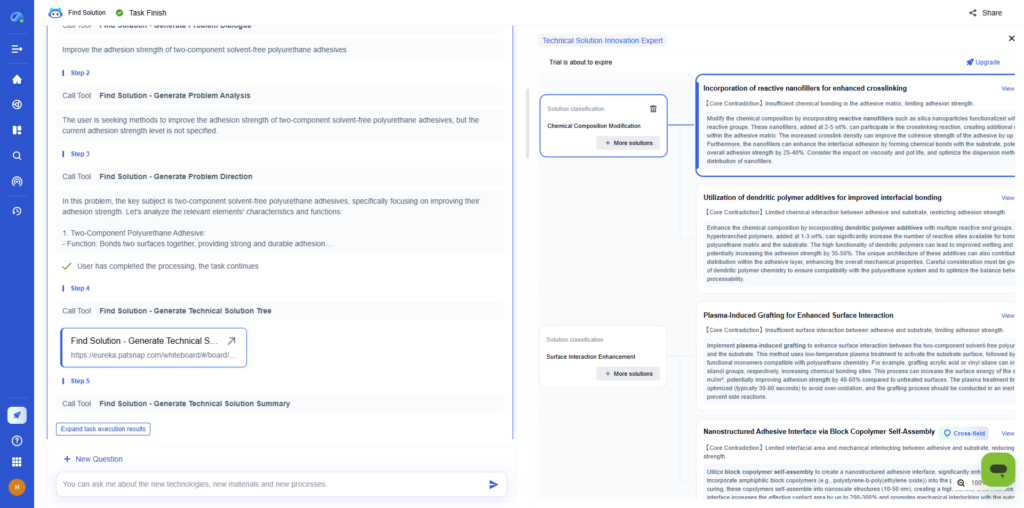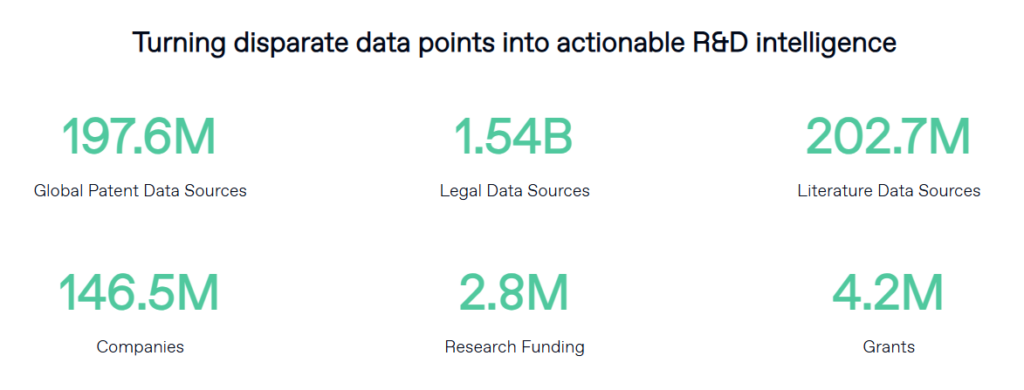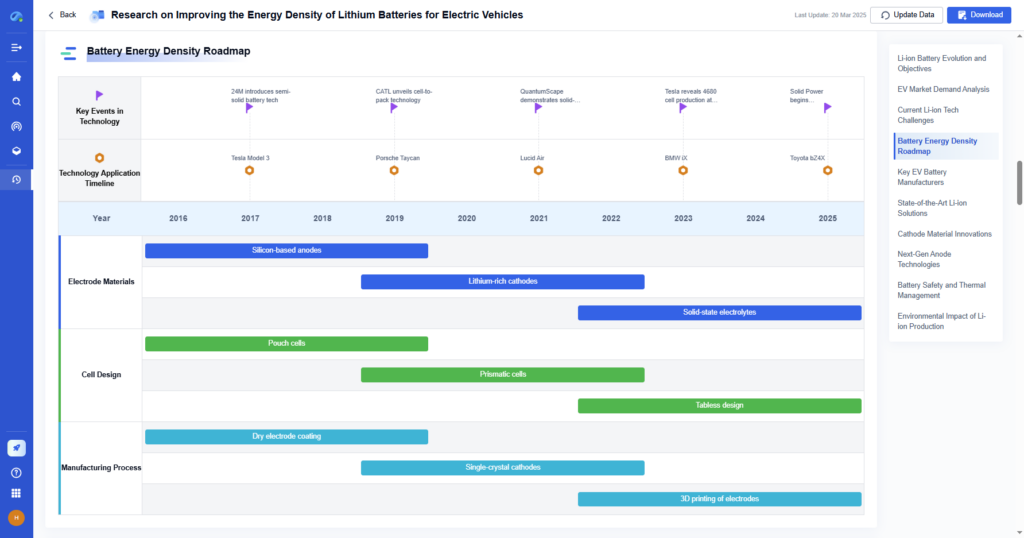
Establishing clear and measurable objectives is the cornerstone of any successful research project. These objectives help guide the research process, ensure focus, and provide a framework for analyzing results. Without well-defined objectives, research can become unfocused, inefficient, and even inconclusive. This guide explores the key components of setting effective objectives and how tools like Eureka AI Agent can enhance the process for better results.
What Are Research Objectives?
Research objectives define the specific goals and outcomes that a study seeks to achieve. They act as a roadmap for the entire research process, providing a clear focus for data collection, analysis, and interpretation.
- Specific: Clearly outline what the research aims to accomplish.
- Measurable: Define measurable outcomes to track progress.
- Achievable: Ensure objectives are realistic given the resources and timeframe.
- Relevant: Align with the broader research question and problem.
- Time-bound: Specify the timeframe for achieving the objectives.
Importance of Setting Clear Objectives in Research
- Guides the Research Process: Clear objectives outline the purpose and direction of the study.
- Increases Focus: By focusing on specific goals, researchers can avoid distractions and unnecessary data collection.
- Ensures Accountability: Measurable objectives allow researchers to track progress and assess if the goals are met.
- Improves Data Collection and Analysis: With clear objectives, data collection methods and analysis techniques can be chosen with precision, ensuring alignment with the study’s goals.
- Facilitates Reporting: Well-defined objectives help researchers organize findings into clear conclusions that address the research question.
Steps to Set Effective Research Objectives
- Define the Research Problem: Clearly articulate the research problem or question that you intend to address. This forms the basis for your research objectives.
- Conduct a Literature Review: Review existing literature to understand what has already been done in the area. This helps in identifying gaps that your research can fill.
- Specify the Scope: Define the scope of your research, including the boundaries and limitations. This helps in focusing your objectives and avoiding scope creep.
- Make Objectives SMART: Ensure that your research objectives are Specific, Measurable, Achievable, Relevant, and Time-bound. This makes it easier to track progress and measure success.
- Align with Research Questions: Your objectives should logically flow from your research questions. They should provide a clear path to answering the questions.
- Ensure Clarity and Precision: Objectives should be clear and precise, avoiding vague language. They should convey exactly what you intend to achieve.
- Prioritize Objectives: If you have multiple objectives, prioritize them based on their importance and feasibility.
- Consult Stakeholders: Involve stakeholders in defining the objectives to ensure they are relevant and achievable.
- Review and Revise: Regularly review and revise your objectives as needed, based on feedback and progress.
- Communicate Objectives: Clearly communicate your objectives to all team members and stakeholders to ensure everyone is on the same page.
Types of Research Objectives
1. General Objectives
General objectives provide the broad, overall goal of the research. They typically describe the main aim of the study and set the direction for the research.
Example: “To investigate the relationship between social media usage and academic performance among university students.”
2. Specific Objectives
Specific objectives break down the general objective into smaller, more manageable components. They address particular aspects of the research problem in more detail.
Example: “To examine the impact of time spent on social media on student grades.”
3. Operational Objectives
Operational objectives are focused on the practical aspects of conducting the research, including data collection, sampling, and methodology.
Example: “To survey 200 university students to collect data on their social media usage and academic performance.”
Common Pitfalls in Setting Research Objectives
- Vagueness and Broadness: A common pitfall is setting goals that are too broad or vague. This makes measuring progress and evaluating success difficult. Define your goals clearly and decide how to measure them.
- Lack of Alignment with Research Aims: Failing to align research goals with the overall aims causes a lack of coherence. This makes it harder to stay focused on your main goals.
- Not Making Goals Measurable: Always set specific and measurable goals. This helps you evaluate progress and success clearly. Vague goals lead to confusion and hinder assessment.
- Ignoring Realistic Expectations: Setting unrealistic goals can cause frustration and reduce motivation. Make sure your goals are achievable based on your research scope and available resources.
- Failing to Define Success Criteria: Not defining success from the start makes it difficult to evaluate outcomes. Set clear criteria to determine what success looks like.
- Not Considering the Audience: If you don’t consider your research audience, your goals might not be relevant. Tailor them to meet the needs and interests of the target audience.
- Not Adequately Synthesizing Previous Research: Ignoring existing studies can lead to redundancy. Build on previous work and clearly state how your research adds value.
- Poorly Structured Goals: Disorganized goals make it hard to follow the research process. Organize them logically to create a clear and coherent approach.
How Eureka AI Agent Enhances the Process of Setting and Achieving Research Objectives
1. Refining Research Problems
Eureka AI can help researchers clarify and refine their research problems by analyzing existing literature, identifying knowledge gaps, and suggesting specific areas of focus. This ensures that objectives are directly aligned with the research problem.
2. Suggesting SMART Objectives
Eureka can help formulate SMART objectives by suggesting measurable outcomes and actionable steps based on data-driven insights. It ensures that research objectives are realistic, achievable, and relevant to the study’s goals.

3. Automating Literature Review and Data Sources
Eureka automates the process of gathering relevant data and literature, enabling researchers to ensure their objectives align with the latest findings in their field. This reduces time spent on preliminary research and enhances the clarity of objectives.

4. Optimizing Data Collection Methods
By analyzing research goals and data requirements, Eureka suggests the most effective data collection methods and tools. This ensures that objectives are not only achievable but also measurable, with the right data collection process in place.

5. Tracking Progress Towards Objectives
Eureka helps researchers track their progress towards achieving their objectives by providing insights into data collection and analysis stages. It also highlights any areas where objectives may need to be adjusted for feasibility.
Conclusion
Setting clear and effective objectives is critical to the success of any research project. By following the steps to define SMART objectives, researchers ensure that their work is focused, systematic, and capable of producing actionable results. Additionally, integrating AI tools like Eureka AI Agent further enhances the research process by refining objectives, suggesting the best methods, and providing real-time insights, ensuring that the study progresses smoothly and yields valuable findings.
Would you like further clarification or assistance with crafting specific research objectives for your project?
To get detailed scientific explanations of Objectives in Research, try Patsnap Eureka.


